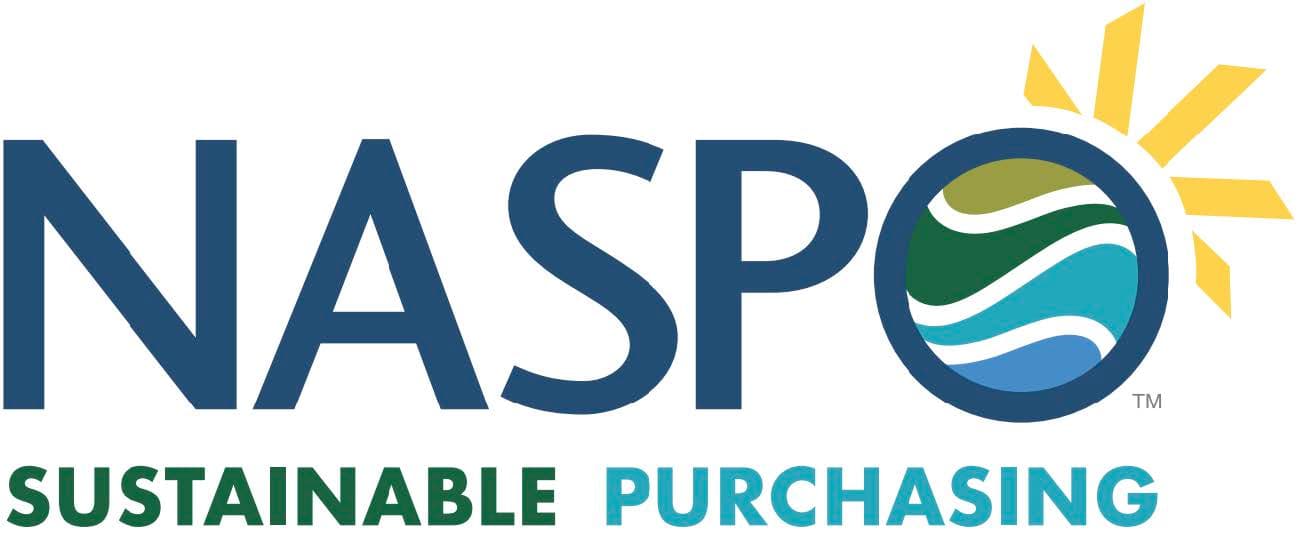Sustainable Purchasing
Purchasing products or services that have a lesser or reduced negative effect or increased positive effect on human health and the ecological environment or social/economic well-being, when compared with competing products that serve the same purpose.



How to Affect Change Using Sustainability Practices
These practices can be established through legislation, executive order, or administrative rules and policies. When incorporating sustainable purchasing, consider where the authority resides and what tools will best fit your needs.
Organizations can include sustainability in bids or proposal evaluation criteria or as part of best value procurement.
Government organizations could have percentage preferences or set-asides for sustainable purchasing.
Some states have robust Environmentally Preferable Procurement Programs (EPPs) that formalize the inclusion of sustainability principles in procurement processes.
Sustainable Procurement Practices Use:

Sustainable core ingredients are applied throughout the procurement process, including:


NASPO Recommends:
Involving the Team
Sustainable procurement programs should be developed with the cooperation and input from persons representing a wide range of users, using agencies, organizations that certify commodities and services as sustainable, and suppliers—all of which have ideas to contribute. That broad input in the development of the program will help provide support from both inside and outside the public entity.
Creating a Policy
Foundational to a program is a policy that clearly outlines the program’s purpose, legal authority establishing that policy, the commodities and services covered, and the external certifications and other verification tools used to make it credible. The policy should also identify the roles and responsibilities of the staff responsible for implementing it and the conditions under which waivers from the program will be granted.
Tracking Progress
The benefits and effectiveness of the program must be tracked and measured, including the use of techniques such as total cost of ownership and life cycle costing. Available online calculators should be utilized to assist with demonstrating benefits.
Reporting Regularly
Reporting on the public entity’s usage of sustainable commodities and services is critical, either through expenditure information if available or, if not, through reports that contractors provide.



